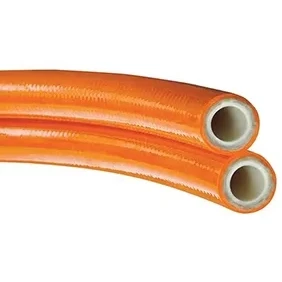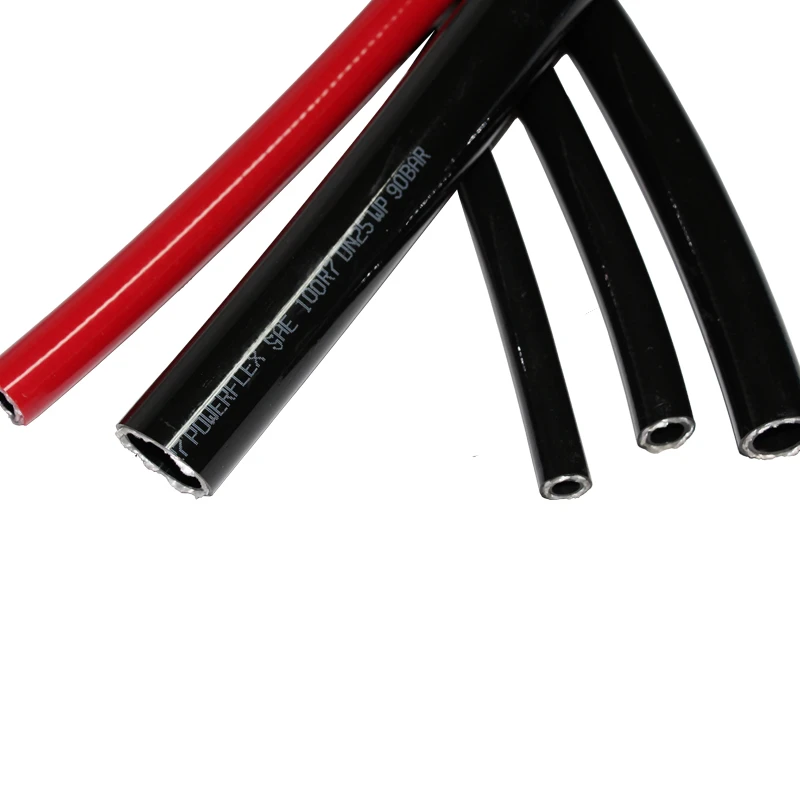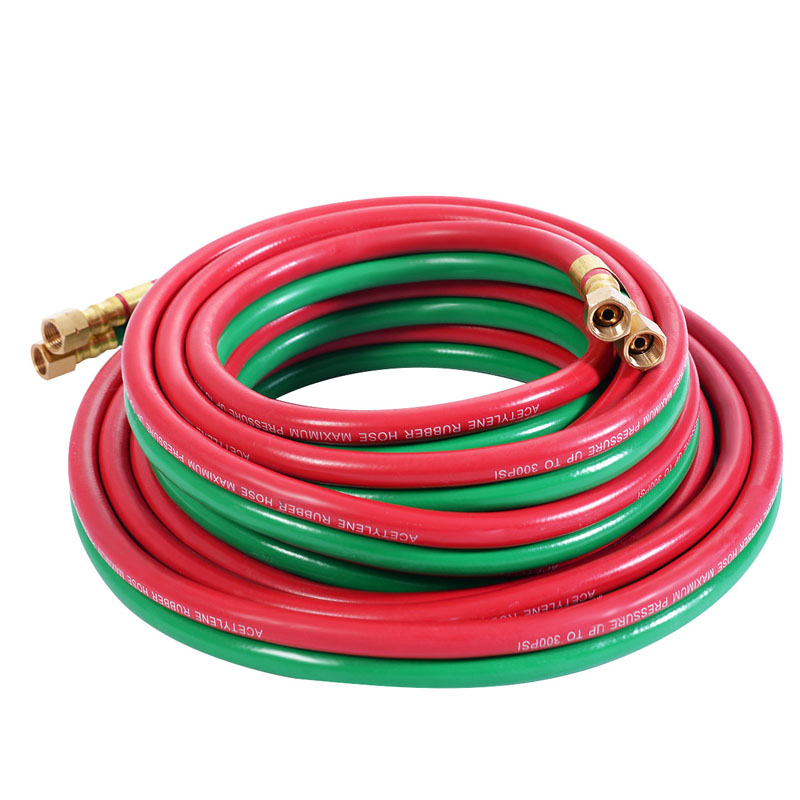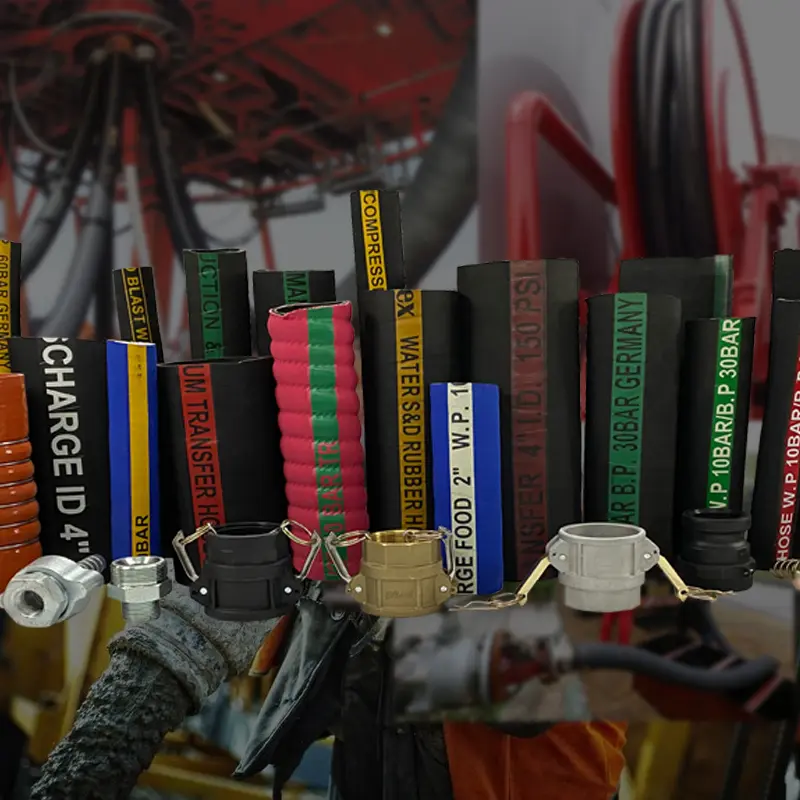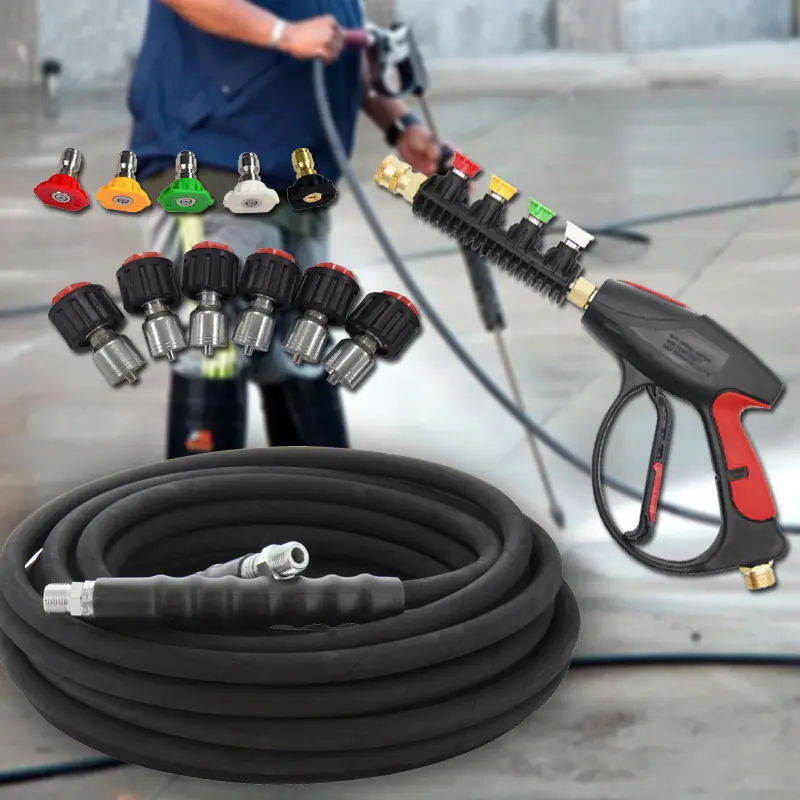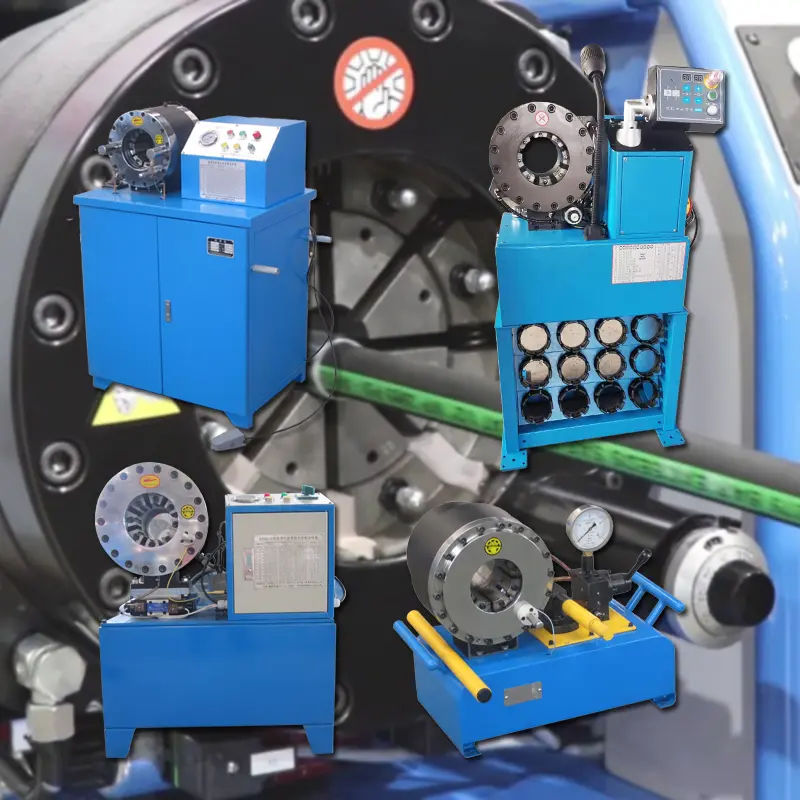When it comes to powering heavy machinery, industrial equipment, or construction systems, the hydraulic hose assembly plays an irreplaceable role. It is not just a pipe carrying fluid; it is the lifeline that ensures stable pressure, smooth flow, and safe performance. For wholesalers who supply hydraulic components to demanding industries, understanding the structure, functionality, and customization of these assemblies is crucial. The hydraulic hose, hydraulic hose fittings, and other essential parts work together as one system to handle high-pressure fluid transmission in the harshest environments. Choosing the right assembly is not only about compatibility but also about reliability, efficiency, and long-term value. This article explores the components of a hydraulic hose assembly, the importance of hose fittings, and the growing demand for custom hydraulic hose solutions that meet the diverse requirements of industrial clients.
Structure Of Hydraulic Hose Assembly Explained
A hydraulic hose assembly is more than a simple flexible tube; it is a carefully engineered combination designed to withstand high pressure, extreme temperatures, and abrasive working conditions. Typically, the structure of a hydraulic hose
includes three key layers. The inner tube is made of oil-resistant synthetic rubber that directly carries hydraulic fluid. Surrounding this is the reinforcement layer, often made of braided or spiral steel wire, which provides the strength to resist extreme pressure. Finally, the outer cover is crafted from durable rubber to resist abrasion, weather, and external damage.
However, the assembly does not stop at the hose itself. What transforms a hydraulic hose into a working assembly are the fittings, adapters, and protective accessories. The fittings are securely crimped to the ends of the hose to create a leak-proof connection. Adapters and protective sleeves further enhance safety and longevity, making the complete assembly suitable for heavy-duty industrial use. To give wholesalers a clearer picture, here is a simple breakdown:
|
Component |
Material Used |
Function |
|
Inner Tube |
Synthetic rubber |
Carries hydraulic fluid |
|
Reinforcement Layer |
Braided/spiral steel wire |
Resists pressure and maintains structure |
|
Outer Cover |
Oil & abrasion-resistant rubber |
Protects against external damage |
|
Hydraulic Hose Fittings |
Carbon steel/stainless steel |
Provides leak-free connection |
|
Protective Accessories |
Nylon/Polyethylene sleeves |
Adds abrasion and heat resistance |
For wholesalers supplying to factories, construction firms, and agricultural industries, understanding these parts allows them to explain product value to end-users. A strong hydraulic hose assembly not only delivers reliable power but also minimizes costly downtime caused by leaks or failures.
Importance Of Hydraulic Hose Fittings In Assembly
Without hydraulic hose fittings, even the strongest hose cannot function as part of an industrial system. These fittings act as the critical connectors that join the hose to pumps, cylinders, valves, and other machinery components. The design of the fittings ensures that high-pressure hydraulic fluid does not overflow, maintaining both safety and efficiency. In many cases, wholesalers see that end-users underestimate fittings, assuming the hose alone carries the workload. The reality is that improper fittings lead to dangerous leaks, reduced performance, and even catastrophic equipment failure.
Hydraulic hose fittings are available in a wide range of thread types, materials, and configurations. For instance, crimp fittings are most common because they provide permanent, secure connections, while reusable fittings allow for flexible replacement in maintenance situations. Stainless steel fittings are favored in corrosive environments, while carbon steel is widely used for standard applications. For wholesalers, offering a diverse range of fittings means covering the needs of multiple industries, from mining to logistics.
Moreover, fittings must be compatible with the hose diameter, pressure rating, and fluid type. That is why suppliers must carefully match hydraulic hose fittings with the correct hose during the assembly process. To wholesalers, this knowledge becomes a competitive edge—providing not just a product but a complete solution that ensures their clients can trust every connection.
Benefits Of Custom Hydraulic Hose Solutions
In today’s market, one-size-fits-all is no longer the rule. Industrial equipment often operates in unique conditions, which makes custom hydraulic hose assemblies a necessity. Whether the machinery works in extreme temperatures, requires unusual lengths, or demands specific fittings, customization ensures that the assembly meets exact requirements. For wholesalers, offering custom hydraulic hose solutions adds significant value to their portfolio, making them a trusted partner for clients who cannot compromise on safety and efficiency.
Customization covers several aspects: length, diameter, pressure rating, fitting type, and protective covering. For instance, a construction company working in dusty environments might need additional protective sleeves, while agricultural equipment may require longer hoses with higher flexibility. To wholesalers, being able to deliver such tailored assemblies demonstrates professionalism and reliability.
Here is a quick reference for customization factors:
|
Customization Option |
Purpose |
|
Hose Length |
Match machinery layout and installation space |
|
Diameter Size |
Ensure correct flow rate and pressure balance |
|
Fitting Selection |
Achieve compatibility with machinery connections |
|
Protective Sleeves |
Extend durability in rough working conditions |
|
Special Materials |
Improve resistance against chemicals or heat |
With custom hydraulic hose assemblies, wholesalers can assure their buyers of precise compatibility, reduced downtime, and enhanced machine performance. In competitive markets, customization is no longer just a feature; it is a standard expectation.
Choosing The Right Hydraulic Hose Assembly for Industry
For wholesalers, guiding customers in choosing the right hydraulic hose assembly is not about selling the most expensive option—it is about ensuring long-term performance and safety. The selection process begins with identifying the correct hose type based on working pressure, fluid compatibility, and temperature range. Equally important is matching the hydraulic hose fittings to the application. Failure to align fittings with the correct hose type often results in leaks or premature wear.
Another factor wholesalers must consider is compliance with international quality standards. Supplying assemblies that meet strict requirements guarantees safety and builds trust with buyers. Industrial clients, from manufacturing plants to heavy equipment operators, rely on their suppliers for consistency. This makes wholesalers not just product providers, but problem solvers who help prevent failures before they occur.
Additionally, the demand for custom hydraulic hose assemblies is rising because industries want precise solutions instead of generic options. By working with a trusted supplier that can deliver accurate customization, wholesalers can gain a strong position in the market. The right assembly offers not only reliability but also cost savings in the long run, as it reduces downtime, replacement frequency, and maintenance expenses. Ultimately, when wholesalers provide robust hydraulic hose assemblies, they are supplying peace of mind along with industrial performance.
At the end of the day, sourcing these assemblies from our website ensures wholesalers receive professional service, consistent quality, and tailored solutions. For businesses looking to expand their industrial product line, purchasing hydraulic hose assemblies directly from us guarantees reliability and efficiency across every order.
Hydraulic Hose Assembly FAQs
What is included in a hydraulic hose assembly?
A hydraulic hose assembly includes the hose itself, the reinforcement layers, the outer protective cover, and the essential hydraulic hose fittings. Sometimes additional accessories like protective sleeves or adapters are added depending on the working environment.
How do I know if my hydraulic hose fittings are correct?
Choosing the right hydraulic hose fittings depends on matching them with the hose size, pressure rating, and application. If the fittings are too loose or incompatible, leaks may occur, so professional assembly is recommended.
Can I request a custom hydraulic hose for special equipment?
Yes, you can order a custom hydraulic hose assembly designed to match your machinery’s unique requirements. Length, diameter, fittings, and protective coverings can all be tailored for your application.
How long does a hydraulic hose assembly typically last?
The service life of a hydraulic hose assembly depends on operating conditions, pressure, and maintenance. With correct installation and regular inspection, it can provide reliable performance for extended use.
Why should wholesalers choose hydraulic hose assemblies from this website?
Our website provides consistent quality, professional customization, and strong after-sales support. By purchasing hydraulic hose assemblies here, wholesalers ensure that their clients receive safe, durable, and efficient solutions for demanding industrial needs.
Product Application












